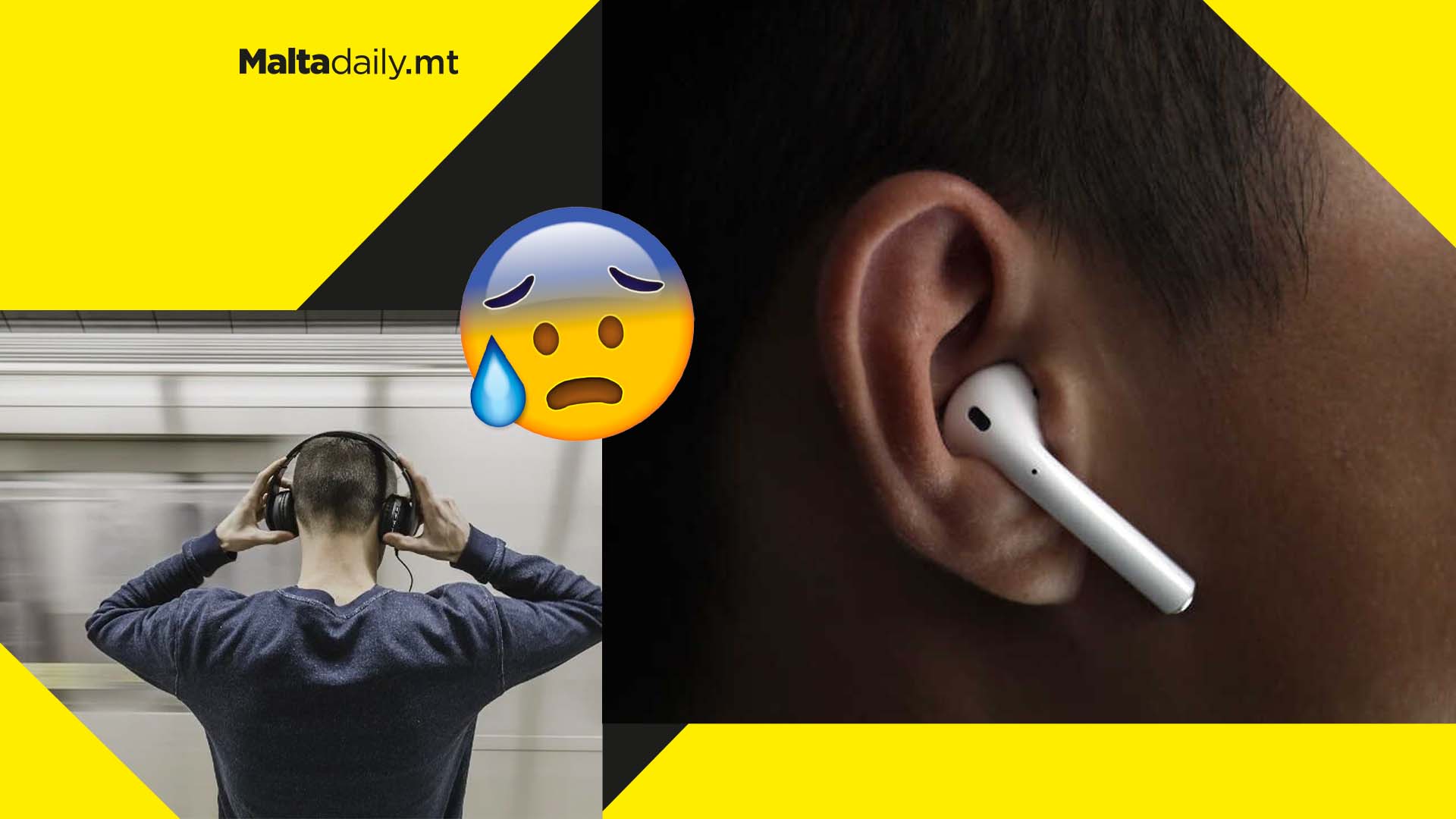Around 1 billion youth at risk of hearing loss due to loud music

It is very common, a study published this week by the journal BMJ Global Health, that adolescents listen to music and other media for too long and too loudly.
CNN was informed by WHO consultant and lead study author Lauren Dillard that an estimated 0.67 to 1.35 billion individuals aged 12 to 34 worldwide likely engage in unsafe listening practices.Exposure to sound at too high a volume can fatigue the sensory cells and structures within the ear. If this persists for extended periods of time, they can suffer permanent damage.
This can entail everything from hearing loss to tinnitus, with researchers observing the trend through a meta-analysis of scientific articles published between 2000 and 2001.
The unsafe practices were tracked according to headphone use but also included attendance at entertainment venues such as concerts or clubs. The US CDC limits safe noise levels at around 85 decibels over 40 hours a week.
If one listens for only 2.5 hours a day, that is equivalent to around 92 decibels. Listeners using audio files on phones often choose to listen to volumes as high as 105 decibels, and venues often range from 104 to 112 decibels.
A ringing in the ear is often a good sign that music is too loud. To prevent this, maybe you should pay attention to that often annoying notification on your phone warning against loud noise.
If you’re at a concert, standing as far away from speakers and taking breaks could help. Ear protection, such as ear plugs, can also help tremendously. You don’t have to swear off music (who would?), you just need to be more mindful of excess noise.
#MaltaDaily


